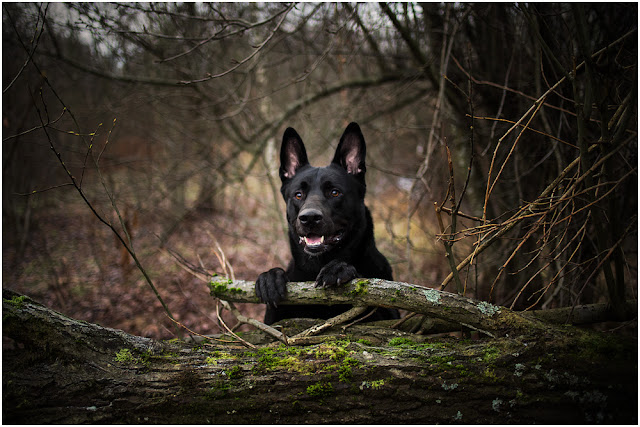May Day
So, Hail! Hail! The First of May-o!
For it is the first summer’s day-o!
Cast your cares and fears away,
Drink to the old horse on the First of May!
So today is the 1st of May, or May Day. A day that traditionally can mean a lot of different things to different people, but at the core is a celebration of the return of spring! Warmer weather, and the promise of summer is on the horizon. For a county with its roots deep-sunk in the agricultural calendar, May 1st was an important day in Lincolnshire, and so was to be marked in a number ways.
In Somerby (South east of Grantham) the following account is given in "Examples of Printed Folklore Concerning Lincolnshire" written by Edith Gutch and Mabel Peacock, and published in 1908 by the Folklore Society.
" The first of May was observed in a very joyous manner by the young folks of this village. A number of children, sixteen in all, joined together in the collection of flowers, etc., and on Thursday morning they paraded the village, carrying on a pole, a large and handsome garland, which contained (in addition to the tasteful arrangement of flowers) a collection of fourteen dolls, the one representing the May Queen standing in the centre of the group. The proceedings were further enlivened by the children singing some favourite songs at the doors of the houses at which they asked to be remembered. "
South Kyme (North Kesteven), Lenton (South Kesteven) and Barnoldby-le-Beck (North East Lincs) are all recoded as having notable and vibrant May Day celebrations continuing into the late 19th Century. But one Lincolnshire village alone, preserves an artefact that once featured at the heart of traditional May revels.
The village of Hemswell, seven miles east of Gainsborough, has a population of just of 300 people, a 13th Century parish Church (unfortunately rebuilt several times over subsequent centuries) and at the junction of two roads in the centre of the village. A 15 foot tall maypole!
Now a ribbon be-decked pole is an image many people will readily associate with English Mayday festivities, their origins, are like so many rural festival customs, obscure. It has often been speculated that the maypole originally had some importance in the pre-Christian ages and early Medieval cultures, and that the tradition survived Christianisation, albeit losing any original meaning that it had. However, historian Ronald Hutton concurs with Swedish scholar Carl Wilhelm von Sydow who states that maypoles were erected "simply" as "signs that the happy season of warmth and comfort had returned and were a visible focal point for the community celebrations.
Lincolnshire historian and folklorist, Ethel Rudkin recoded the words of one Mrs H of Hemswell who recalled the celebrations around their pole.
“ Feast week was in Maytime and there used to be stalls all in the street round the maypole. There was ‘good-stiff’ stalls and sweetmeat stalls and aunt sally a rare fine show it was! As a little ‘un I remember it and I'd 4d to spend so I spent it all in halfpence – and I did buy a lot with that 54d! We danced at night-time round the Maypole, but only ordinary round dances, none of those dances with ribbons attached to the pole – I never heard tell of that being done "
Other Lincolnshire villages hosted Maypoles, though none have been as assiduous as Hemswell in preserving theirs. Grimsby stood one in the bull ring, and Horncastle saw the youth walk in procession with wands entwreathed with cowslips, to a Maypole on the west of the town. Though if you visit St. James's Church in Castle Bytham, you can still see their old village maypole. Cut down, recycled and now living a new life as a belfry ladder! One of the oak shafts carries the inscription "THIS WARE THE MAY POVL 1660"





Comments
Post a Comment